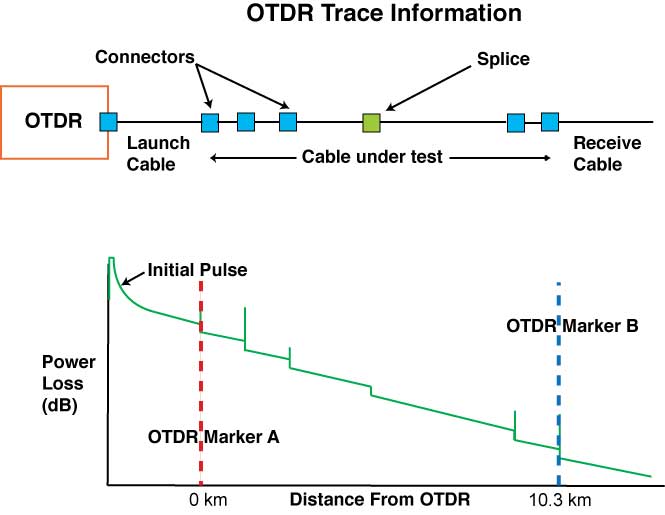What is Rayleigh Scattering?
Rayleigh Scattering Explained.
As a light pulse traverses the optical fiber, a small percentage of the light is scattered in all directions by the collision of photons with the materials that make-up the transmission medium, at the molecular level.
This phenomenon is called Rayleigh scattering. Rayleigh scattering is the primary source of power loss in optical fiber, accounting for well over 95% of the total light lost, extrinsic factors aside. In simple terms, as light propagates in the core of the optical fiber it interacts with the atoms in the glass structure in a complex manner depending upon the energy of the light (i.e., wavelength) and the size of the particles in the specific material or materials used in the waveguide.
Under certain conditions, photons may elastically collide with the atoms in the fiber matrix and be scattered as a result. Attenuation occurs when light is scattered at an angle that does not support continued propagation in the desired direction.
The lost light is either diverted out of the core or reflected back to the transmitter source. Less than 1% of the scattered light is reflected back, or “backscattered,” toward the transmitter source, and it is this effect that forms the basis by which optical time domain reflectometers (OTDR) operate.
The OTDR is an important tool in fiber optics and is the piece of equipment most commonly used for testing and troubleshooting fiber optic systems. A characteristic OTDR trace is provided below.

Because the reflected light comes from the light pulse the original pulse power decreases, adding to the total attenuation before it reaches the receiver. The slope of the OTDR trace represents the attenuation coefficient of the fiber for the particular wavelength of light being transmitted.
The trace appears essentially straight, barring isolated events, because the overall attenuation coefficient of the fiber, which includes the Rayleigh backscatter coefficient, is assumed to be constant.
Nice blog It's useful sharing....
ReplyDeleteOTDR
Splicing machine
BUY OTDR
NOYES OTDR
FIBER OPTIC CABLE